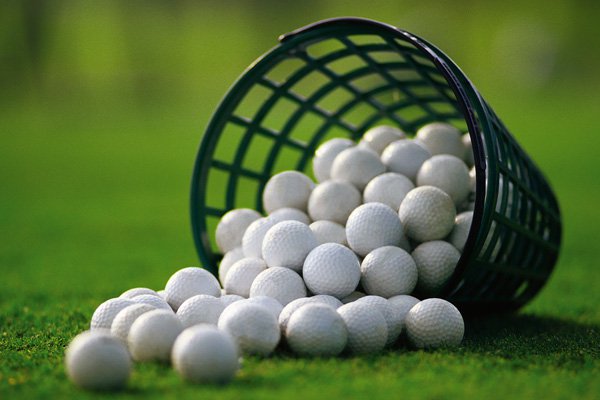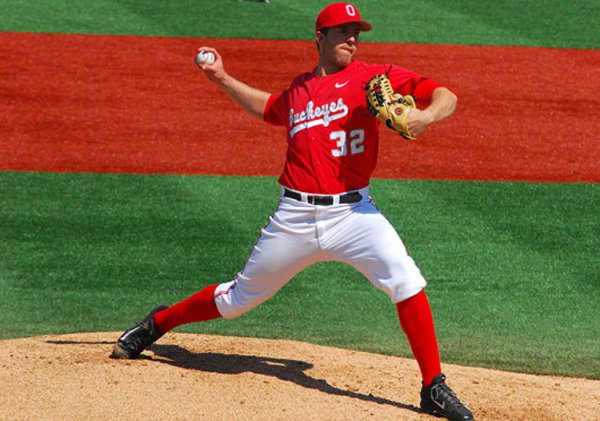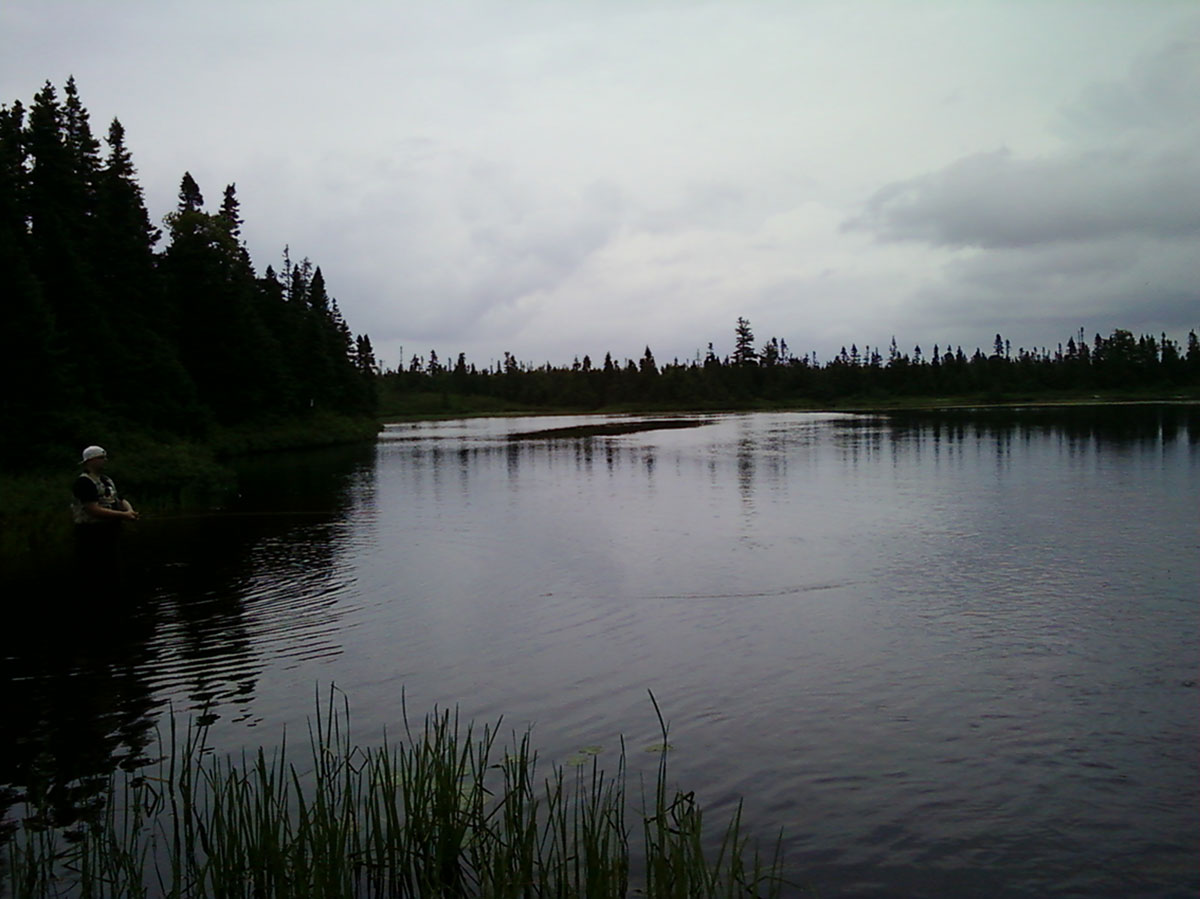science fair experiment on golf
Question
QUESTION: I need to choose a topic for science fair and I know that I want to do it about golf. Last year I tested different brands of golf balls to see which traveled the farthest distance. I am 12 years old and in the sixth grade. Do you have any ideas?
ANSWER: Hi Zachary,
You could do a drop ball test and see how that relates to the distances you found in your last project. Drop balls onto a hard surface such as cement and measure rebound height or number of bounces. You might find that the rebound height is correlated to distance. The greater the rebound height, the less thermal energy created in the collision thus more kinetic energy (speed) after collision (like a ball hit by a club).
Hope this helps.
Ken Tannar
---------- FOLLOW-UP ----------
QUESTION: Thank you, Mr. Tanner. That is a good idea. If I measured the height, how would I do that when the ball goes so fast? Maybe bounces would be better. It would probably make it a more interesting experiment to compare it to the distances of the balls I did last year. I think I still have them in my desk.
I thought of another idea this morning. To see if the temperature of the golf ball makes a differenc in how far it goes. Every once in a while my dad and I will golf early in the mornibng and it's kind of cold out or in the afternoon when it's really hot. What do you think of that idea, Mr . Tanner? I'm just not sure though how to measure the temperature of the ball or how to make sure that I get the ball to be different temperatures.
Answer
Hi Zachary,
To measure bounce height, you have someone help you. Get them to drop the ball and you estimate the bounce height as you can stand near where the ball lands. Do this 3 times and use an average.
If you're going to measure the number of bounces instead, set a limit of say 20 cm of height. Once the ball does not bounce above 20 cm, stop counting. Again do this 3 times and average. Once below 20 cm, the balls will bounce many times and be difficult to count. As long as you're consistent with each, it will be a good comparison.
For temperature measures, place the balls in a cooler chest with a thermometer. Have some ice packs at the bottom of the chest. Leave for a couple of hours so the balls reach equilibrium with the inside of the chest.
Take one ball at a time out of the chest, record the temperature (make sure the thermometer is close to the balls and you close the lid each time) and perform your drop. Once done, place the balls back into the chest for another couple of hours. The balls will reach a new higher equilibrium experiment. You can then repeat the experiment again.
If you want to also test a very cold temperature, place the balls into your freezer with a thermometer for a few hours.
Hope this helps.
Ken
Penalty points,
how to become a head pro


